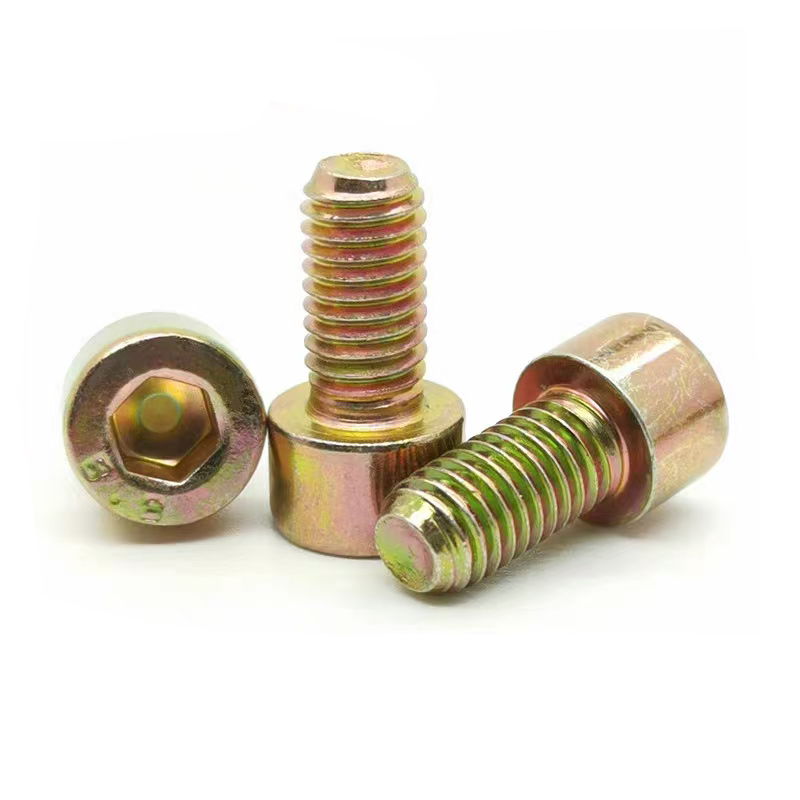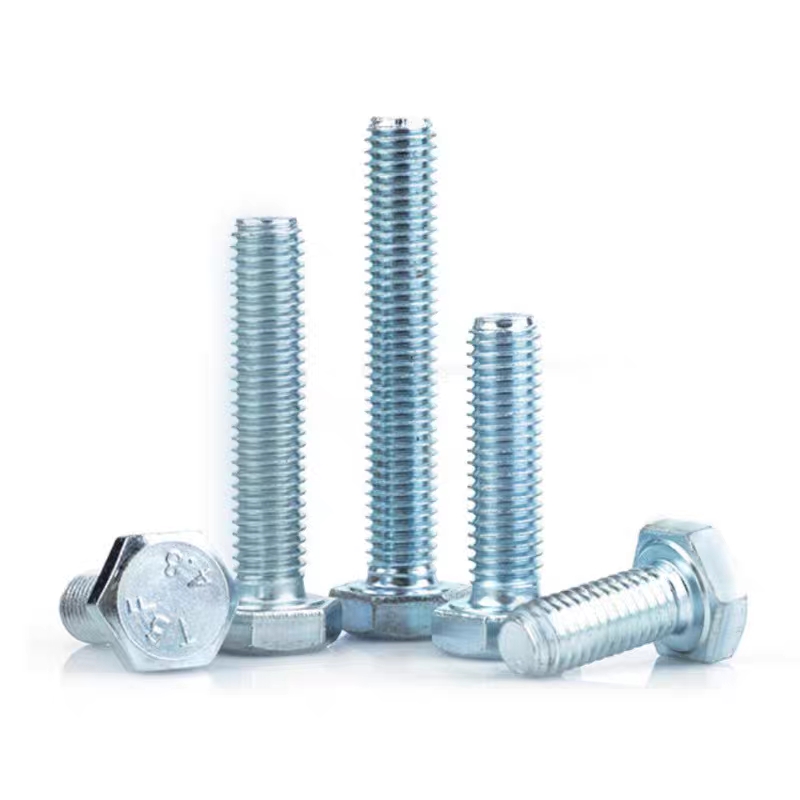- Chinese
- French
- German
- Portuguese
- Spanish
- Russian
- Japanese
- Korean
- Arabic
- Irish
- Greek
- Turkish
- Italian
- Danish
- Romanian
- Indonesian
- Czech
- Afrikaans
- Swedish
- Polish
- Basque
- Catalan
- Esperanto
- Hindi
- Lao
- Albanian
- Amharic
- Armenian
- Azerbaijani
- Belarusian
- Bengali
- Bosnian
- Bulgarian
- Cebuano
- Chichewa
- Corsican
- Croatian
- Dutch
- Estonian
- Filipino
- Finnish
- Frisian
- Galician
- Georgian
- Gujarati
- Haitian
- Hausa
- Hawaiian
- Hebrew
- Hmong
- Hungarian
- Icelandic
- Igbo
- Javanese
- Kannada
- Kazakh
- Khmer
- Kurdish
- Kyrgyz
- Latin
- Latvian
- Lithuanian
- Luxembou..
- Macedonian
- Malagasy
- Malay
- Malayalam
- Maltese
- Maori
- Marathi
- Mongolian
- Burmese
- Nepali
- Norwegian
- Pashto
- Persian
- Punjabi
- Serbian
- Sesotho
- Sinhala
- Slovak
- Slovenian
- Somali
- Samoan
- Scots Gaelic
- Shona
- Sindhi
- Sundanese
- Swahili
- Tajik
- Tamil
- Telugu
- Thai
- Ukrainian
- Urdu
- Uzbek
- Vietnamese
- Welsh
- Xhosa
- Yiddish
- Yoruba
- Zulu
- Kinyarwanda
- Tatar
- Oriya
- Turkmen
- Uyghur

China Welding plate foot
Understanding Welding Plate Foot in China: Practical Insights
When discussing the intricacies of the welding industry in China, focusing on specific components like the welding plate foot reveals both common practices and overlooked nuances. In practical terms, this involves dealing with typical misconceptions and exploring nuanced field applications.
The Role of Welding Plate Foot in Construction
The welding plate foot often serves as a foundational element in construction projects across China. These components provide essential stability and support, especially in large-scale structures. As someone who has worked in the field, I've seen firsthand how slight variations in the welding technique can lead to significant differences in performance.
One frequent misconception involves the material thickness. Many assume thicker is always better, but in real-world applications, this is not always the case. Instead, the key lies in matching the plate foot's thickness with the structural load requirements. This is where experience and a nuanced understanding of material properties come into play.
Another point worth mentioning is the environment where these components are implemented. Environmental factors like humidity and temperature can affect the weld quality significantly. Ensuring proper welding conditions is something that cannot be overstressed in field operations.
Handan Zitai’s Contribution to Fastener Manufacturing
Handan Zitai Fastener Manufacturing Co., Ltd., based in the heart of China's largest standard part production base in Yongnian District, plays a notable role in this sector. They are strategically located near major transport routes, enabling efficient distribution of high-quality fasteners, including the welding plate foot. Their website, zitaifasteners.com, provides further insights into their offerings and capabilities.
The company’s approach to manufacturing emphasizes durability and precision. During a visit, I observed their rigorous quality control processes, which ensure that each piece meets stringent national and international standards. It’s this attention to detail that makes them a reliable partner for contractors across the country.
Moreover, their use of advanced technology in production ensures that every welding plate foot can withstand the demands of various construction environments. This technological edge, combined with a deep understanding of market needs, positions Handan Zitai as a leader in the industry.
Practical Challenges and Solutions
Despite advancements, several challenges remain prevalent when dealing with welding plate foot in the field. Misalignment during installation is a common issue that can compromise structural integrity. It’s crucial that welders have a sharp eye for detail and a steady hand to mitigate such risks.
I recall a project where misalignment resulted in costly rework. The solution was a simple yet effective jig that ensured precise placement. This is a reminder that sometimes, traditional tools can offer invaluable assistance in problem-solving.
Additionally, the selection of welding consumables is another potential pitfall. Choosing the correct rod or wire impacts not just the strength but also the longevity of the weld. Testing various options under expected load conditions can preemptively prevent failures.
The Importance of Skilled Labor
Qualified labor is critical when dealing with components like the welding plate foot. Training programs and certifications help maintain high standards of quality and safety. I’ve seen numerous cases where insufficiently trained workers end up causing more harm than good, leading to otherwise preventable errors.
Instituting continuous education for workers helps them stay current with the latest welding techniques and safety protocols. This is crucial in a rapidly evolving landscape where technological advancements frequently redefine industry benchmarks.
Undoubtedly, this focus on skill development translates directly into improved quality and efficiency on the project site, reinforcing the value of investing in human resources alongside material quality.
Future Trends and Innovations
Looking ahead, the integration of smart technologies such as AI and IoT in welding processes offers exciting prospects. These innovations promise to enhance precision and reduce errors, especially in critical applications involving the welding plate foot.
Already, some firms are experimenting with automation and robotic welding systems that can consistently produce high-quality results. While still in its nascent stages in some areas, automation holds the potential to revolutionize how we think about welding tasks.
As these technologies mature, they will likely become more accessible to companies like Handan Zitai, further cementing their competitive edge in the marketplace.
Related products
Related products
Best selling products
Best selling products-
 T-bolt (T-slot bolt)
T-bolt (T-slot bolt) -
 Colored zinc-plated cross countersunk drill thread
Colored zinc-plated cross countersunk drill thread -
 Butterfly bolts
Butterfly bolts -
 10.9S large hexagon bolts
10.9S large hexagon bolts -
 Electro-galvanized countersunk cross bolts
Electro-galvanized countersunk cross bolts -
 Hexagon socket hot-dip galvanized bolts
Hexagon socket hot-dip galvanized bolts -
 Colored zinc flange bolts
Colored zinc flange bolts -
 Black zinc plated hexagonal bolts
Black zinc plated hexagonal bolts -
 Electrogalvanized hinge bolts
Electrogalvanized hinge bolts -
 Welding nut (welding nut)
Welding nut (welding nut) -
 Colored zinc plated countersunk cross bolts
Colored zinc plated countersunk cross bolts -
 Basket bolts
Basket bolts












